No, This Is NOT Sand Under a Microscope
Mark Honeychurch - 18th February 2025
The other day my eldest daughter shared an image on TikTok with me from an account called Genknowladge (@genknowledge1), claiming that sand looks like this under a microscope:
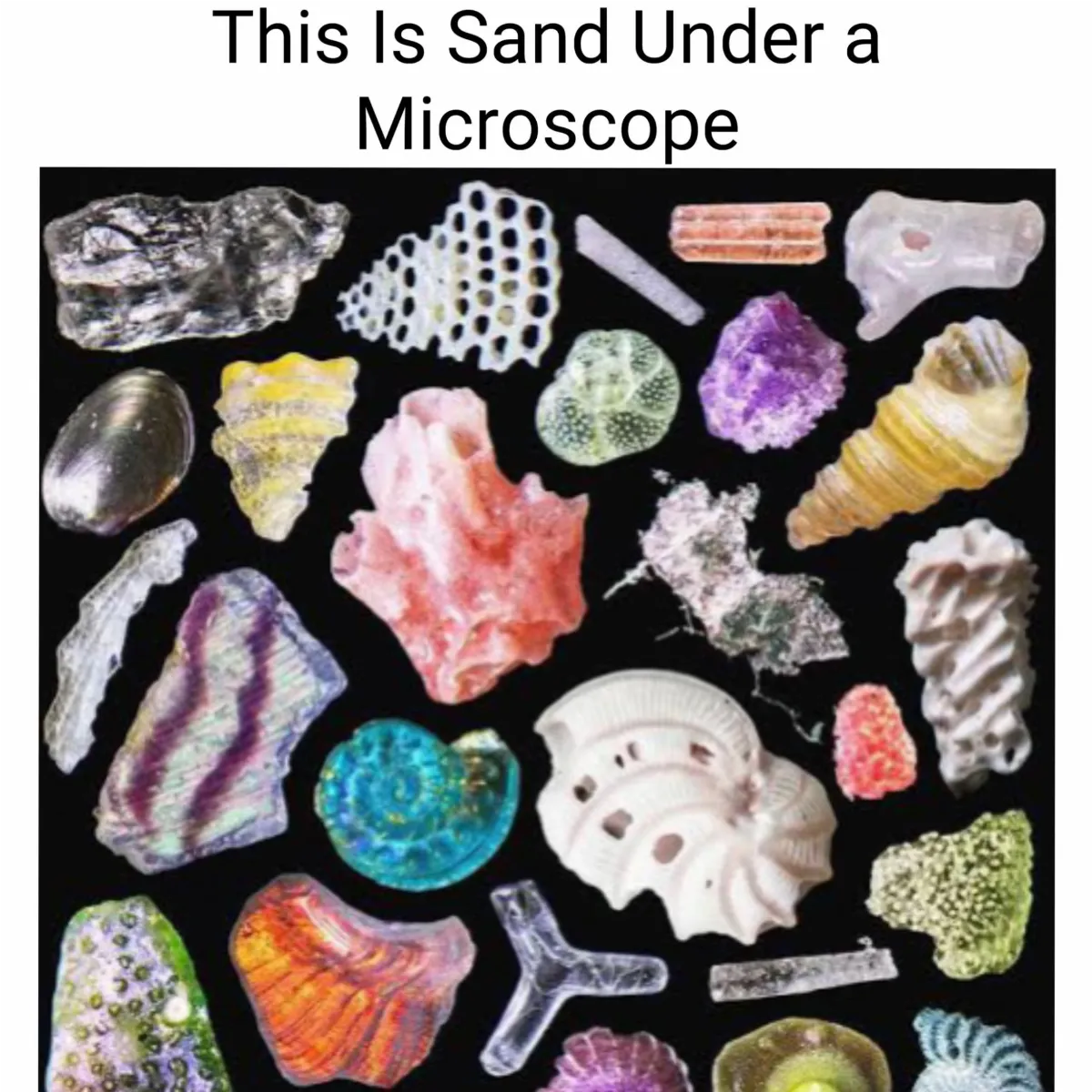
The image had just over 10,000 “Likes”, and was accompanied by some text:
Under microscopic magnification, the unique beauty and individual character of sand grains reveal a diverse origin reflecting geological history and marine life biodiversity. Sand is everywhere on earth – on our beaches, in our deserts, and on the bottoms of lakes, rivers and oceans. Sand particles are coarser than silt but finer than gravel, ranging in size from 0.02 to 2 mm. They are created when weather and chemicals break down terrestrial rocks, minerals, marine bivalves, corals, mollusks, bryozoans, and foraminifera. #generalknowledge #genknowledge #viral #videostar #foru #slideshow #foryou #edits #facts #dailycontent #funfacts
Now, I was skeptical of the claim that sand looks like this, and told my daughter as much. There will obviously be beaches with a higher than average amount of shell fragments in their sand, and a quick google search reveals that there are even some that are almost completely made from bits of shell - but those generally consist of larger fragments of much less exciting shells than this image. Also, those tiny bits of shell and possibly coral are obviously staged to fit together almost like a jigsaw. I suspect that rather than painstakingly moving these small pieces into a pattern like this, it’s more likely that separate images of shell fragments found in a large sample of sand were taken, and then the images were stitched together on a black background in Photoshop or similar.
Meanwhile my youngest daughter, who’s 11, has been sharing videos with me that she finds silly - there are a few YouTube channels whose output is all about fantastical geographical locations. The videos are titled “Places on Earth that Don’t Feel Real”, and each video features a mixture of short clips of real places on earth, interspersed with short made-up AI videos of magical, impossible places and things. The real locations definitely look awesome, like ancient ruins, beautiful landscapes and impressive modern architecture. But the nonsense places include over-the-top Aurora, clouds with improbable shapes, and mythical animals - many of which aren’t even places! Here’s a small sample of what I’ve endured, all of which are claimed to be real (and notice that there are many different YouTube accounts creating and sharing these videos):
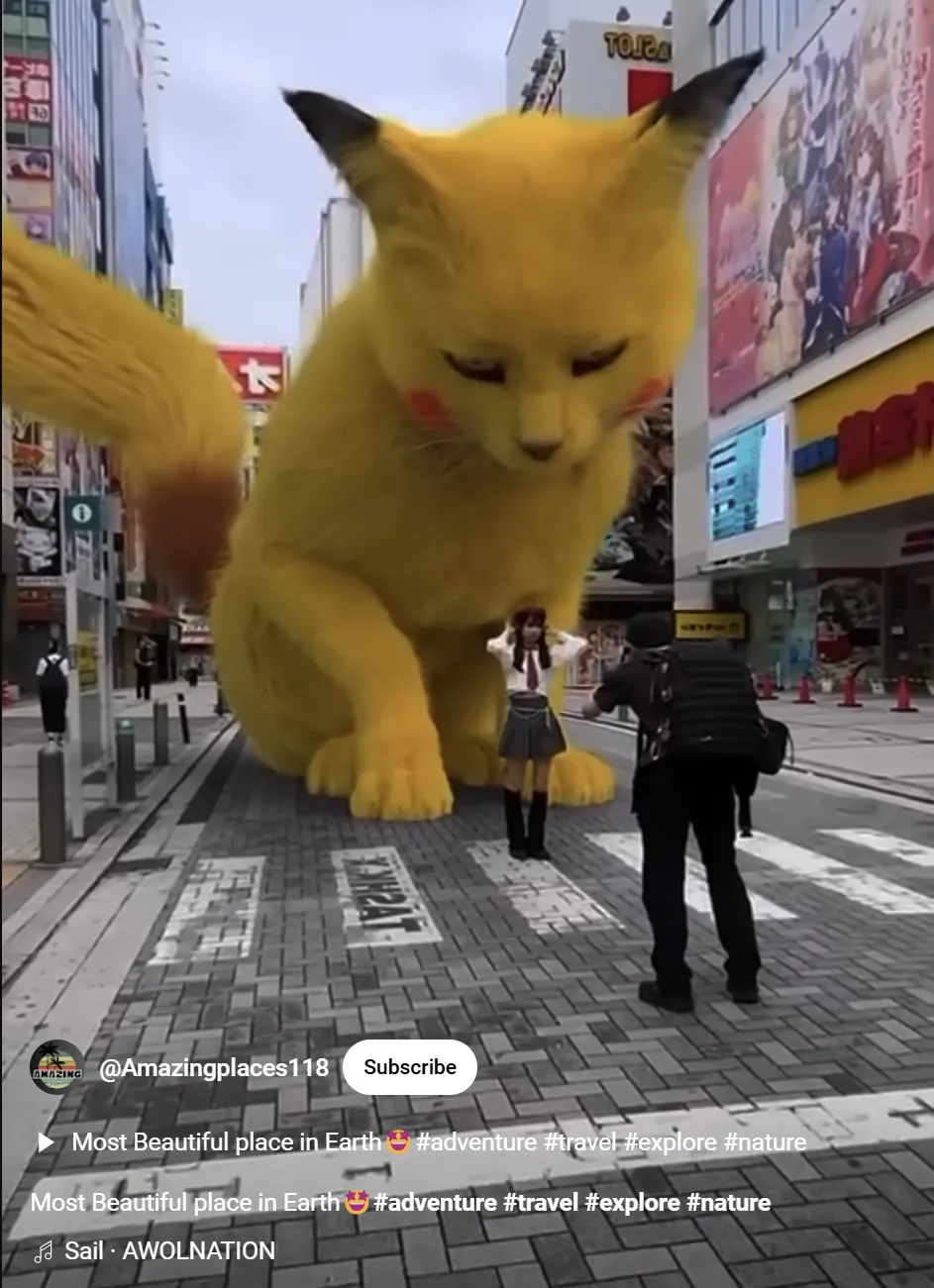
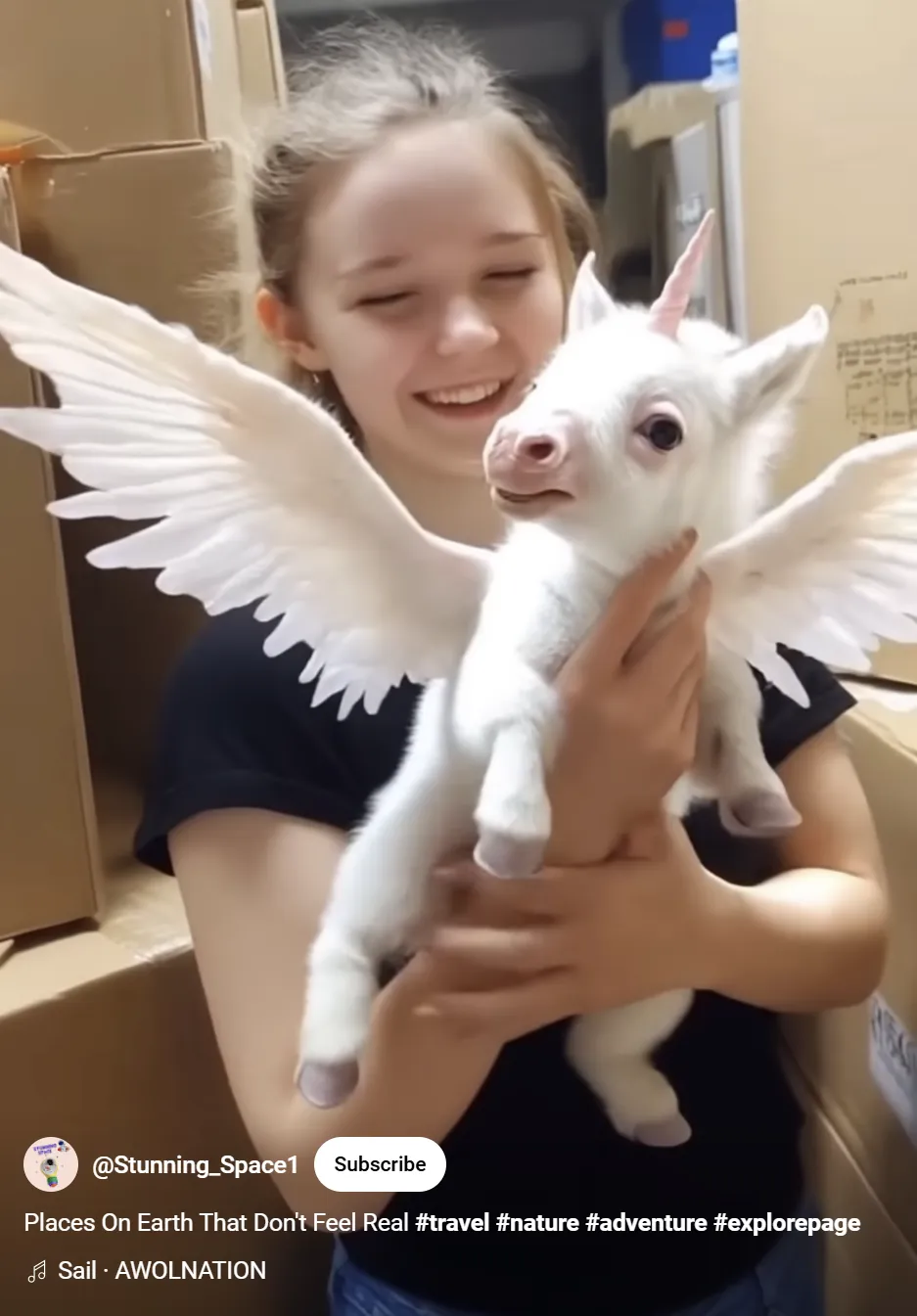
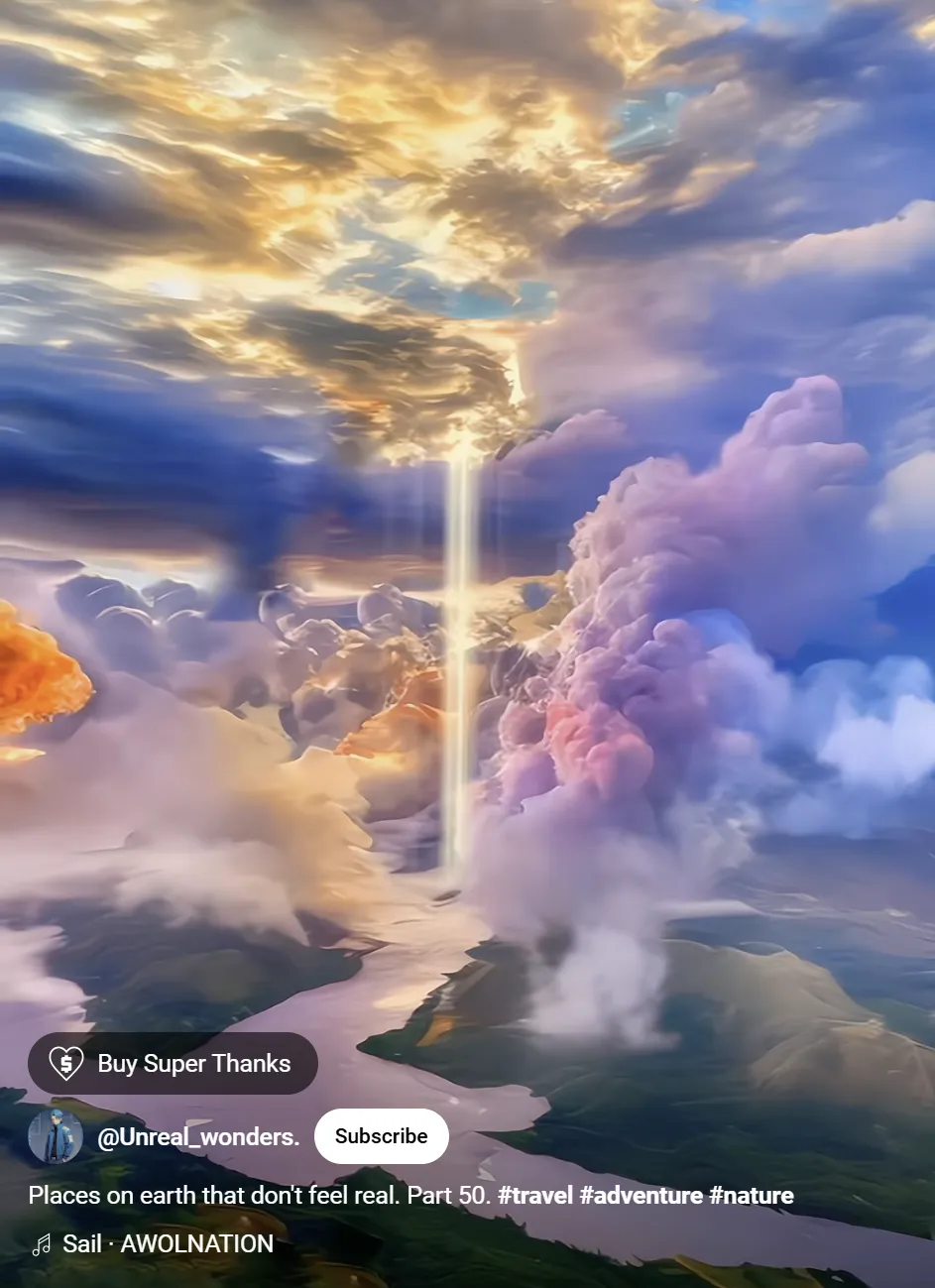
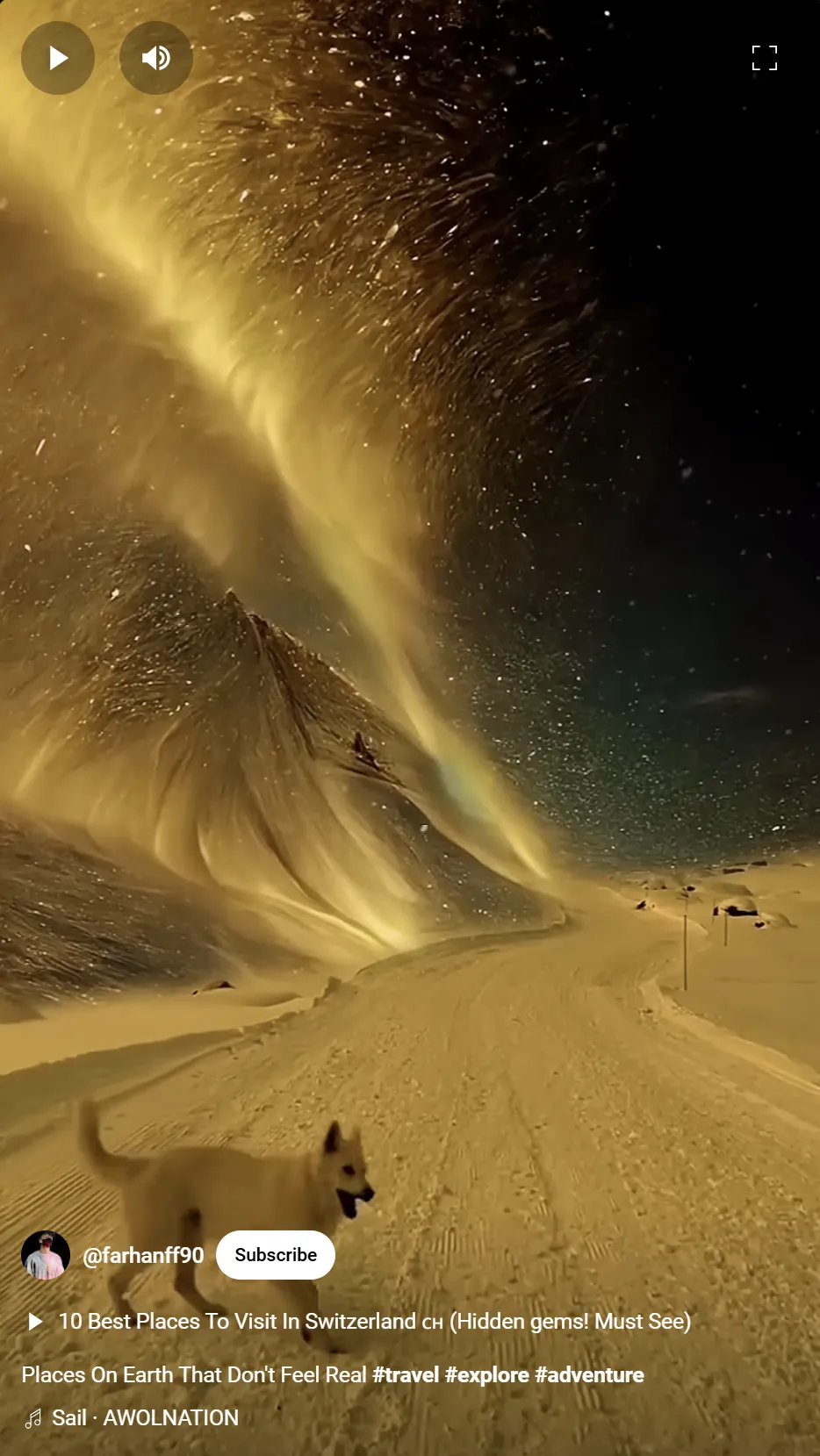
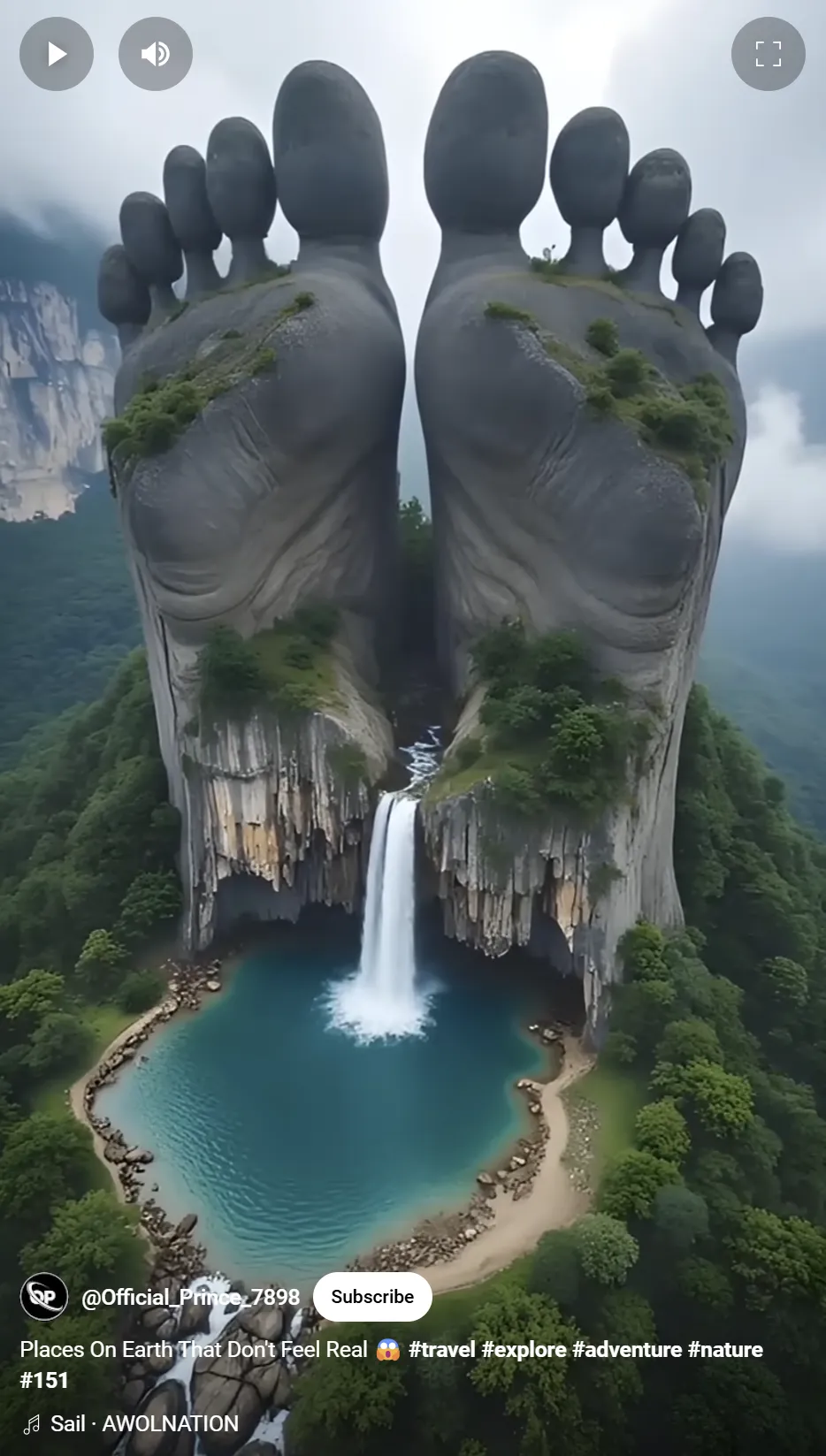
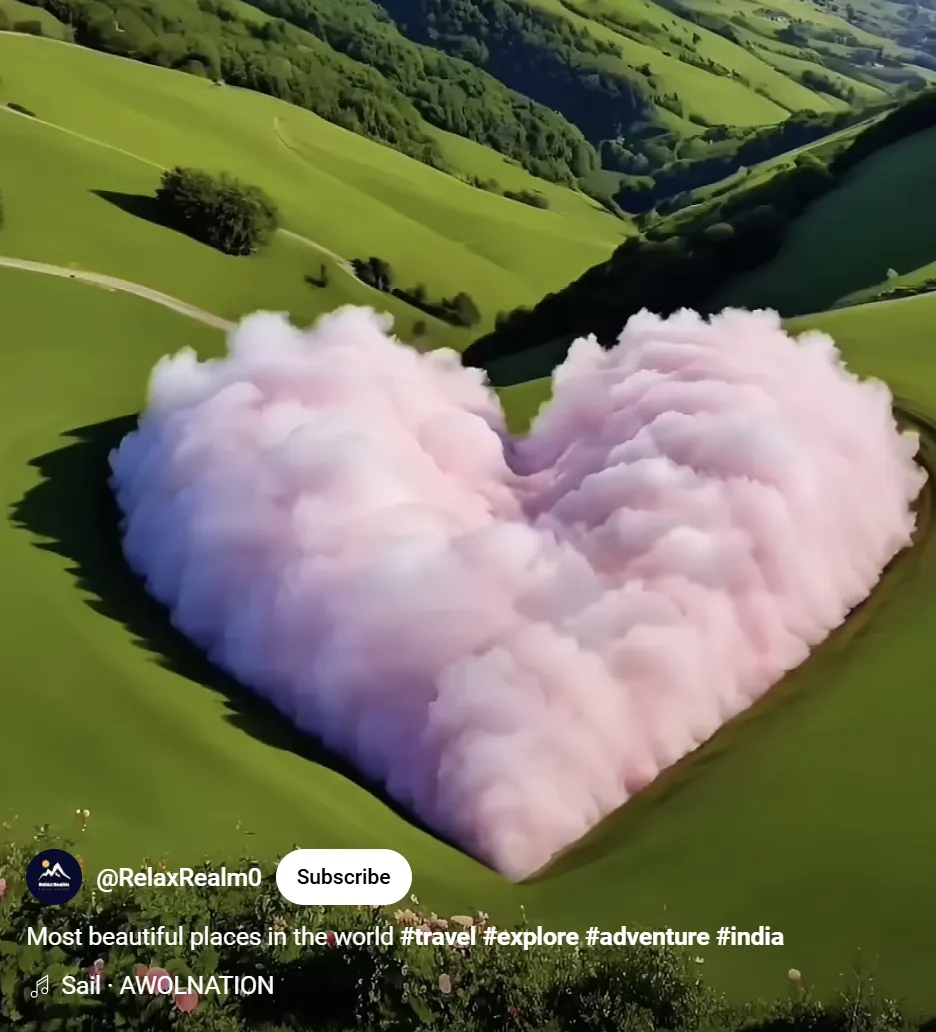
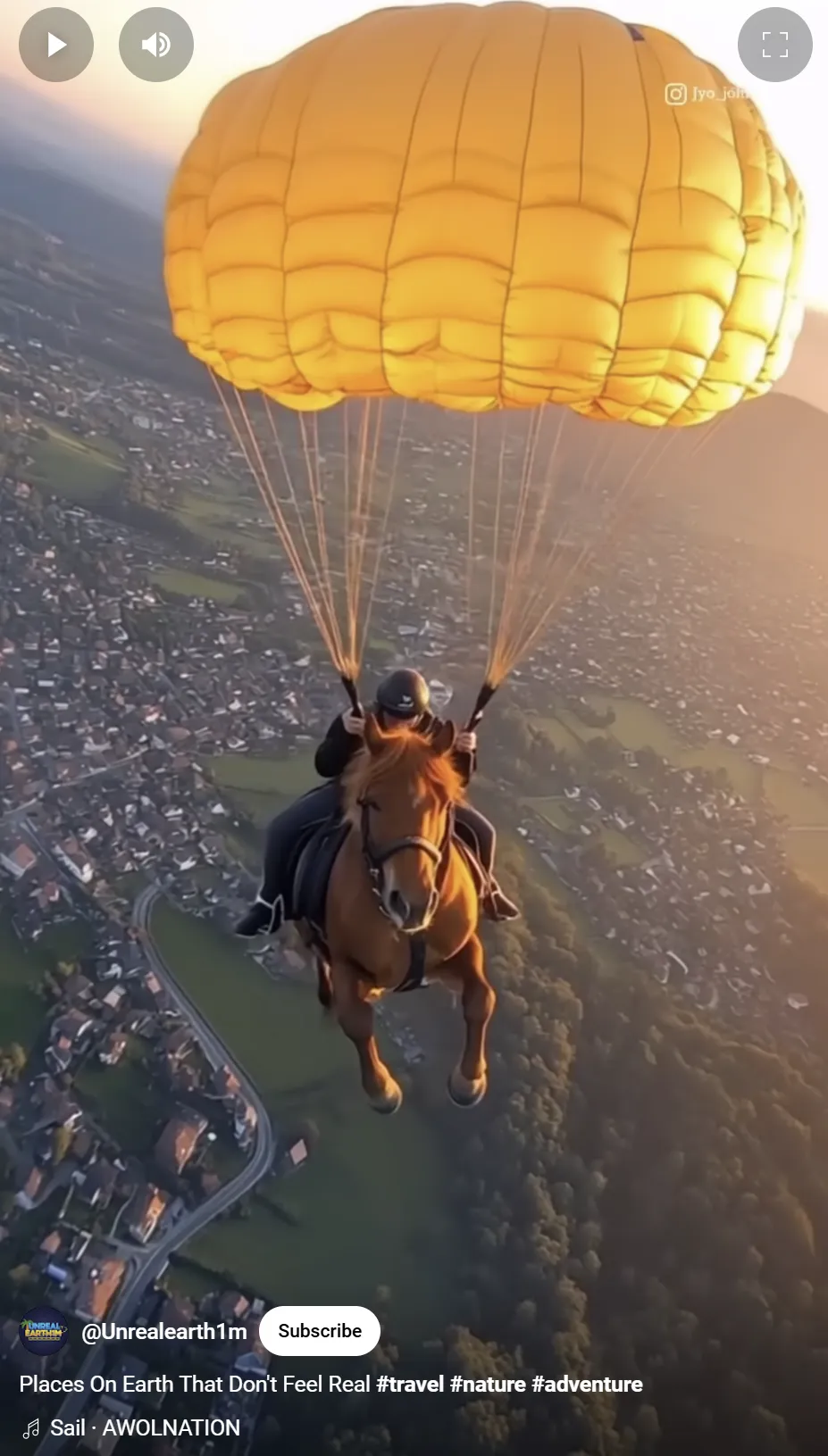
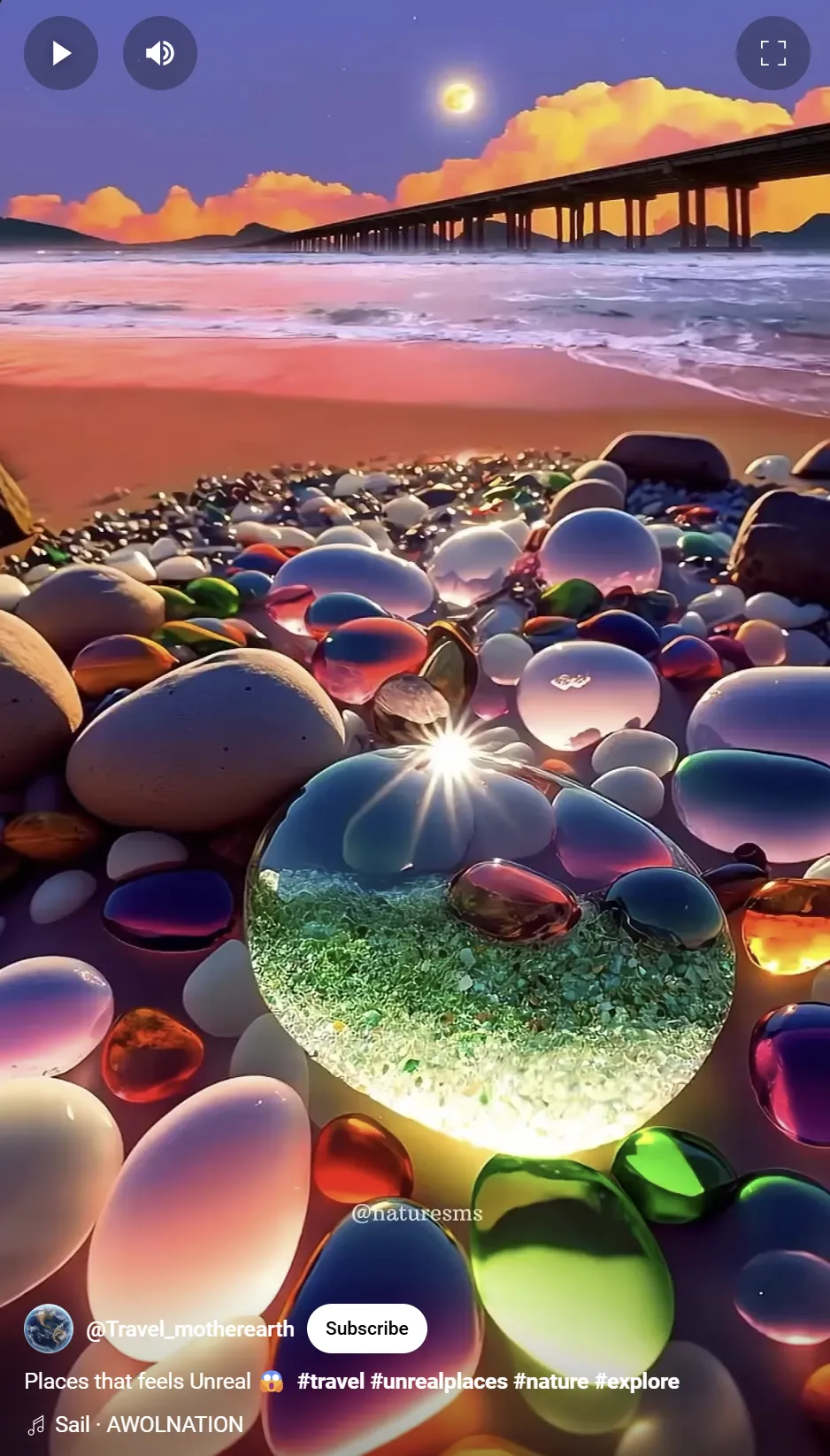
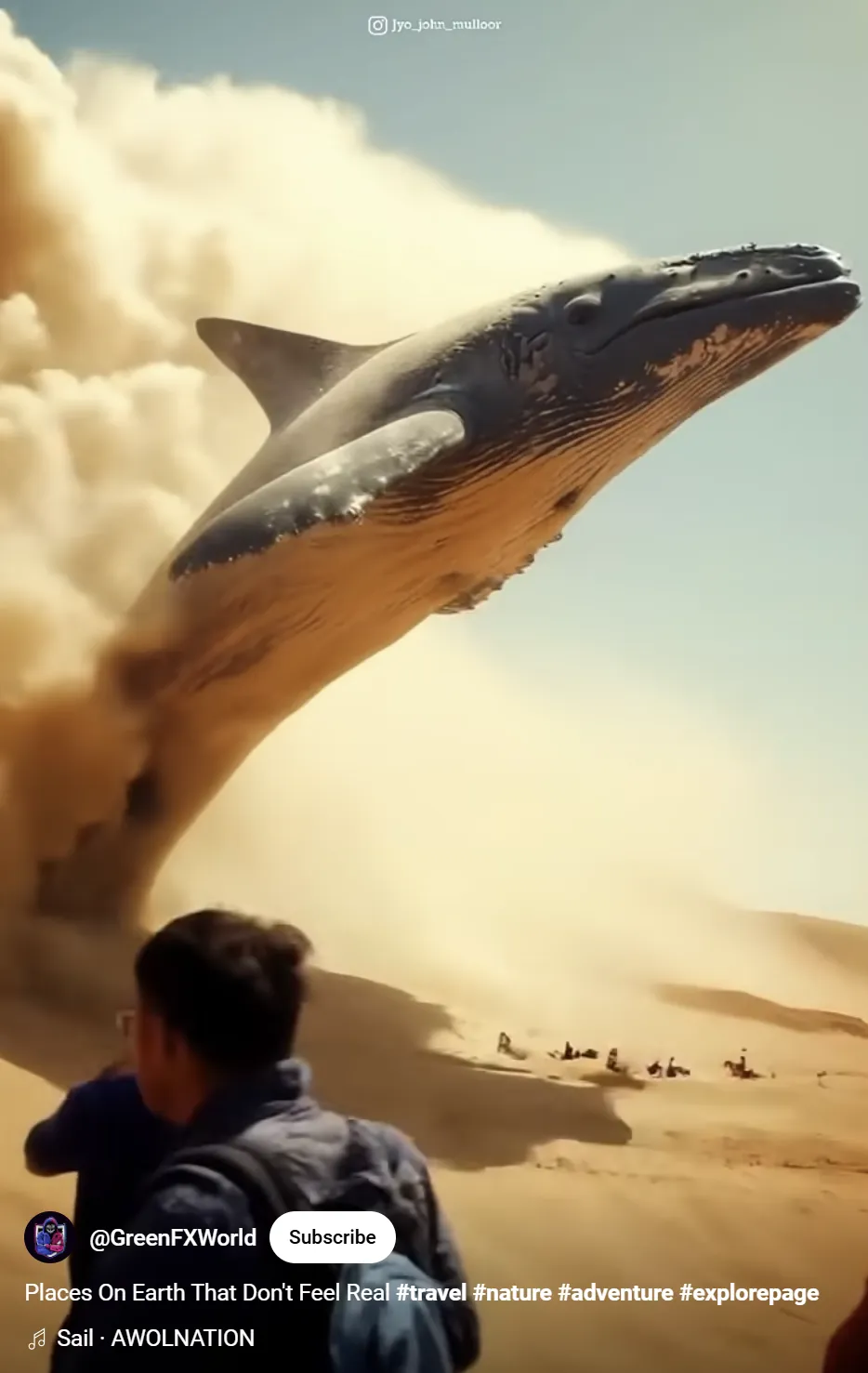
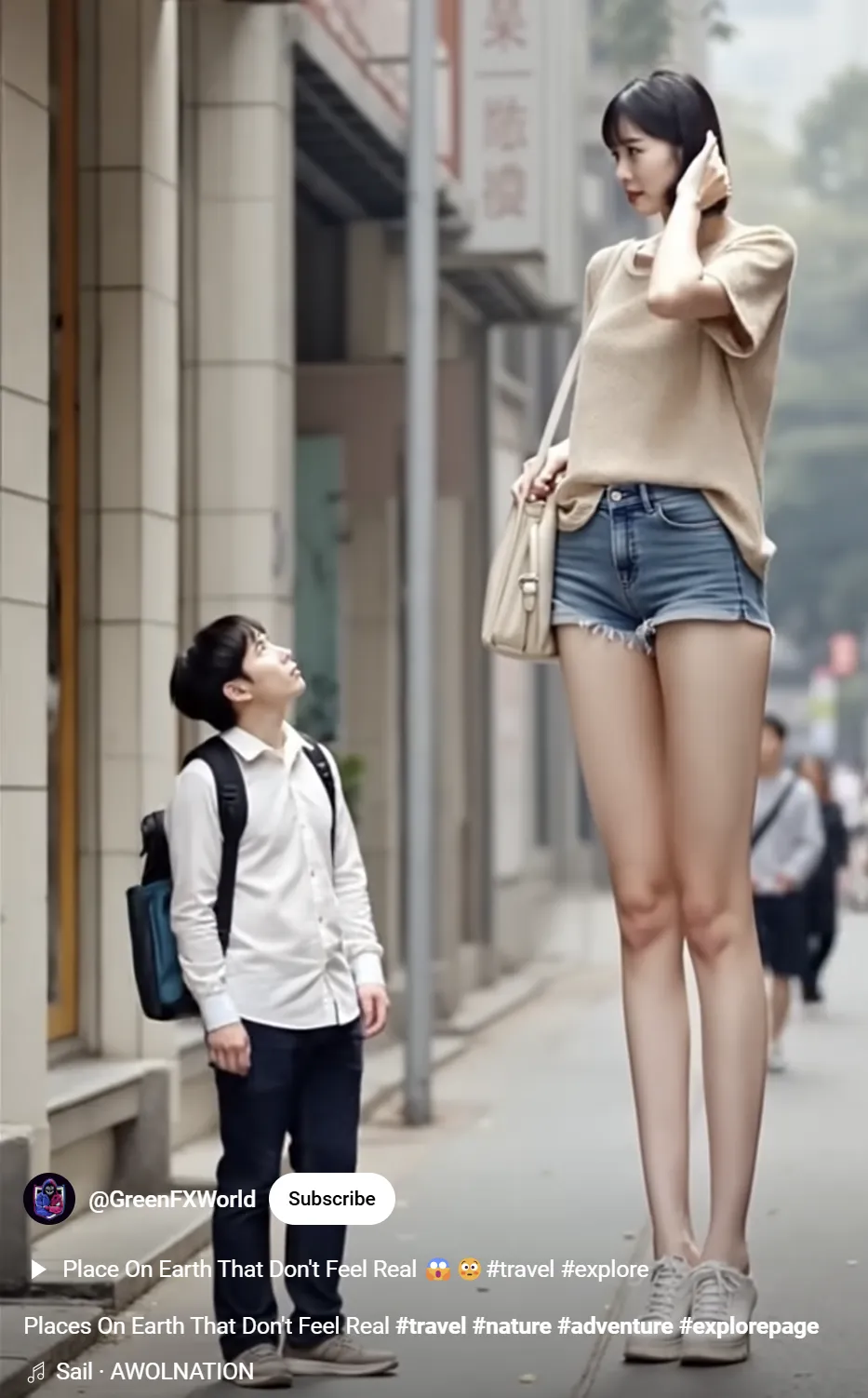
As if my daughter sharing these with me isn’t enough, since Facebook’s move away from active monitoring of nonsense on their site (preferring instead the Twitter-like community notes that Mark Zuckerberg hopes will help him find favour with Donald Trump’s government), I’ve been seeing a lot more nonsense AI posts popping up on my feed. At one point I had maybe 8 consecutive posts about old people making their own birthday cakes, as well as carvings, models built from recycled rubbish, and crocheting. I suspect that the act of taking screenshots of these posts might have been what prompted Facebook to keep feeding them to me in quick succession.
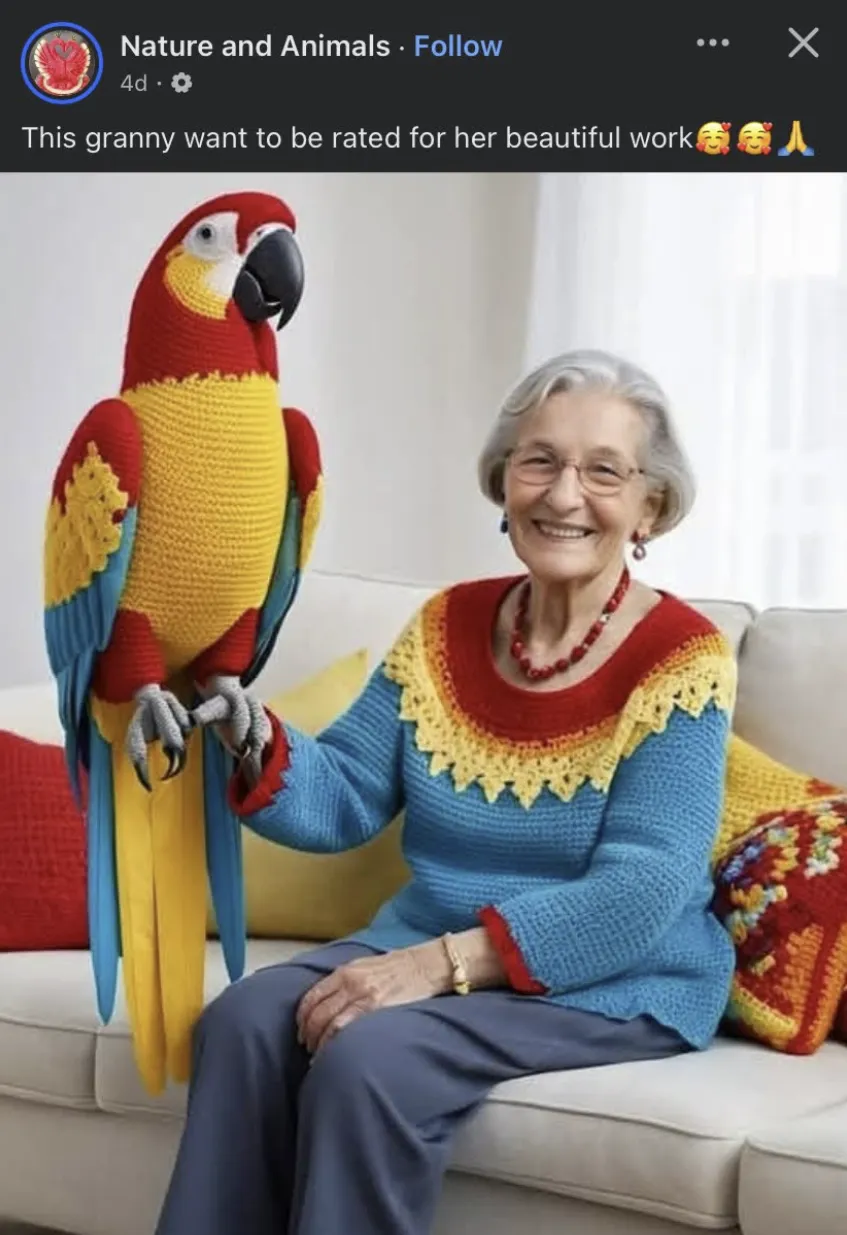
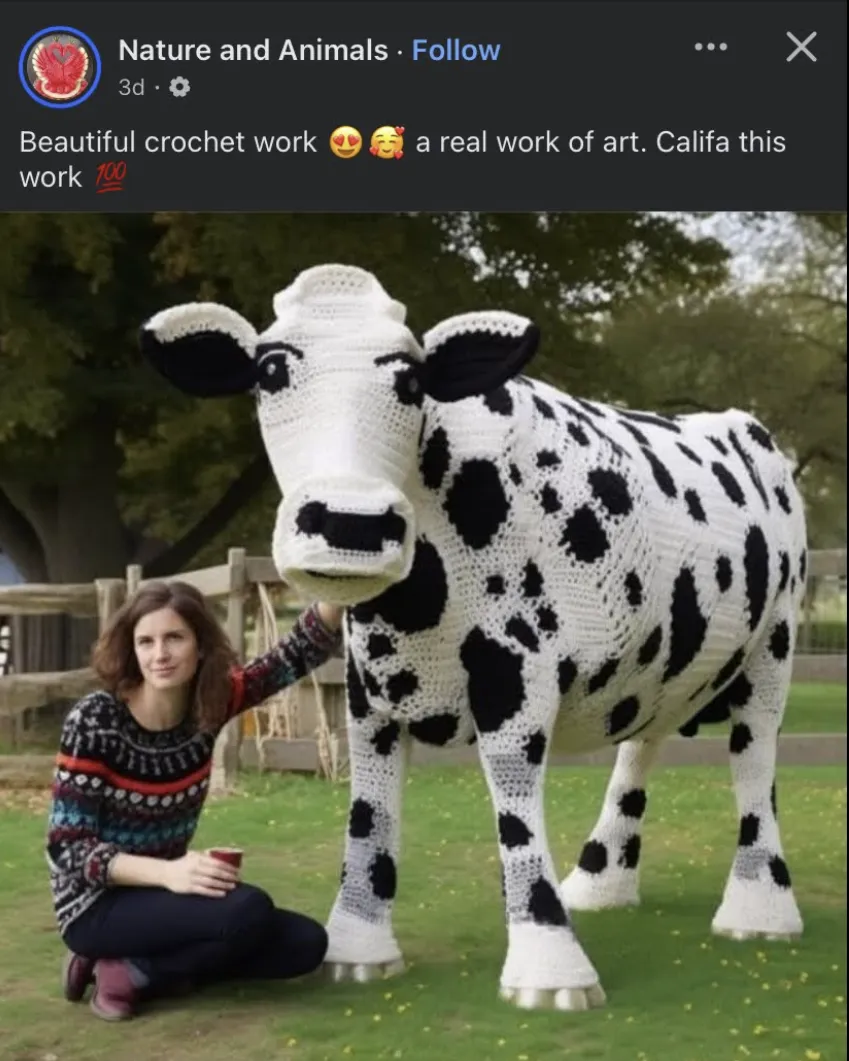
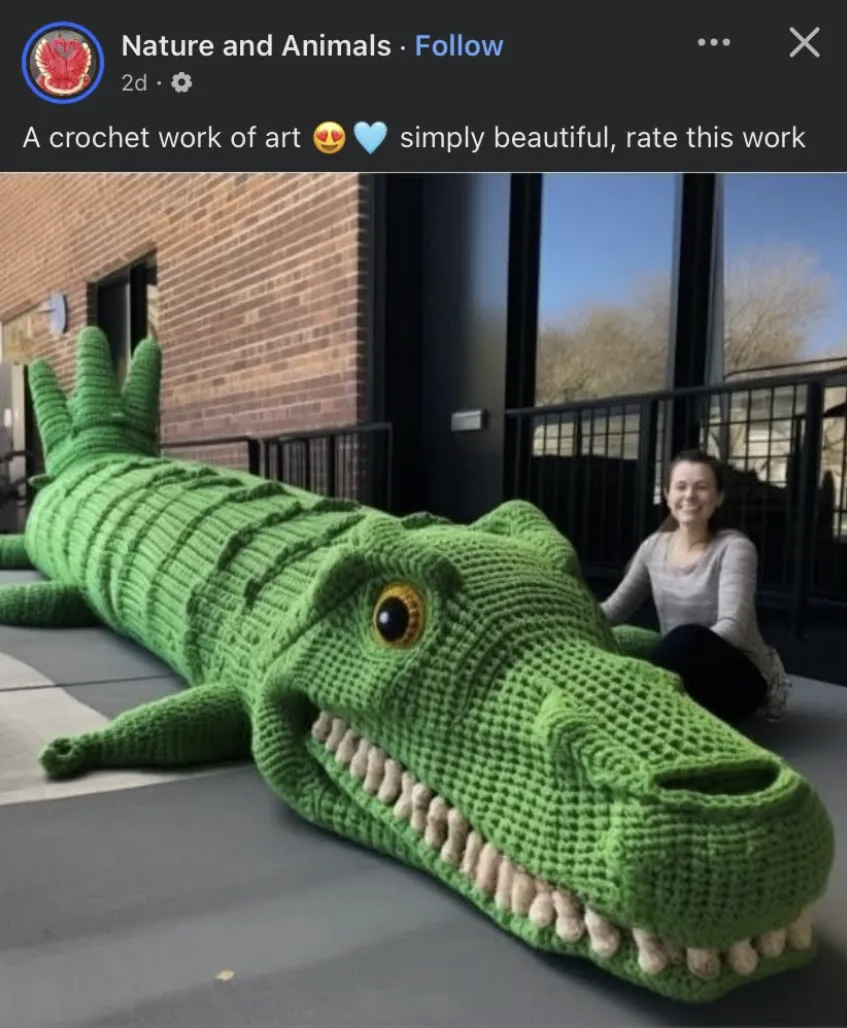
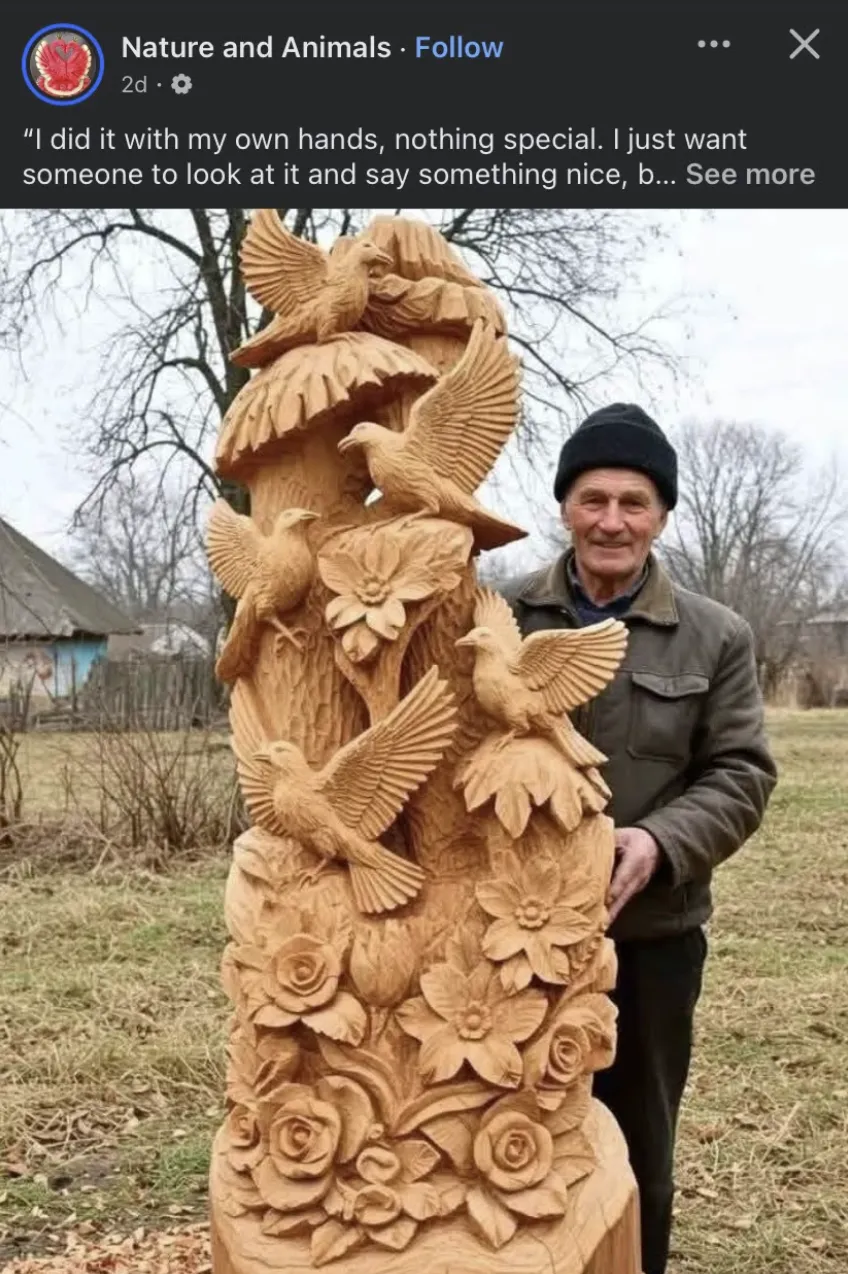
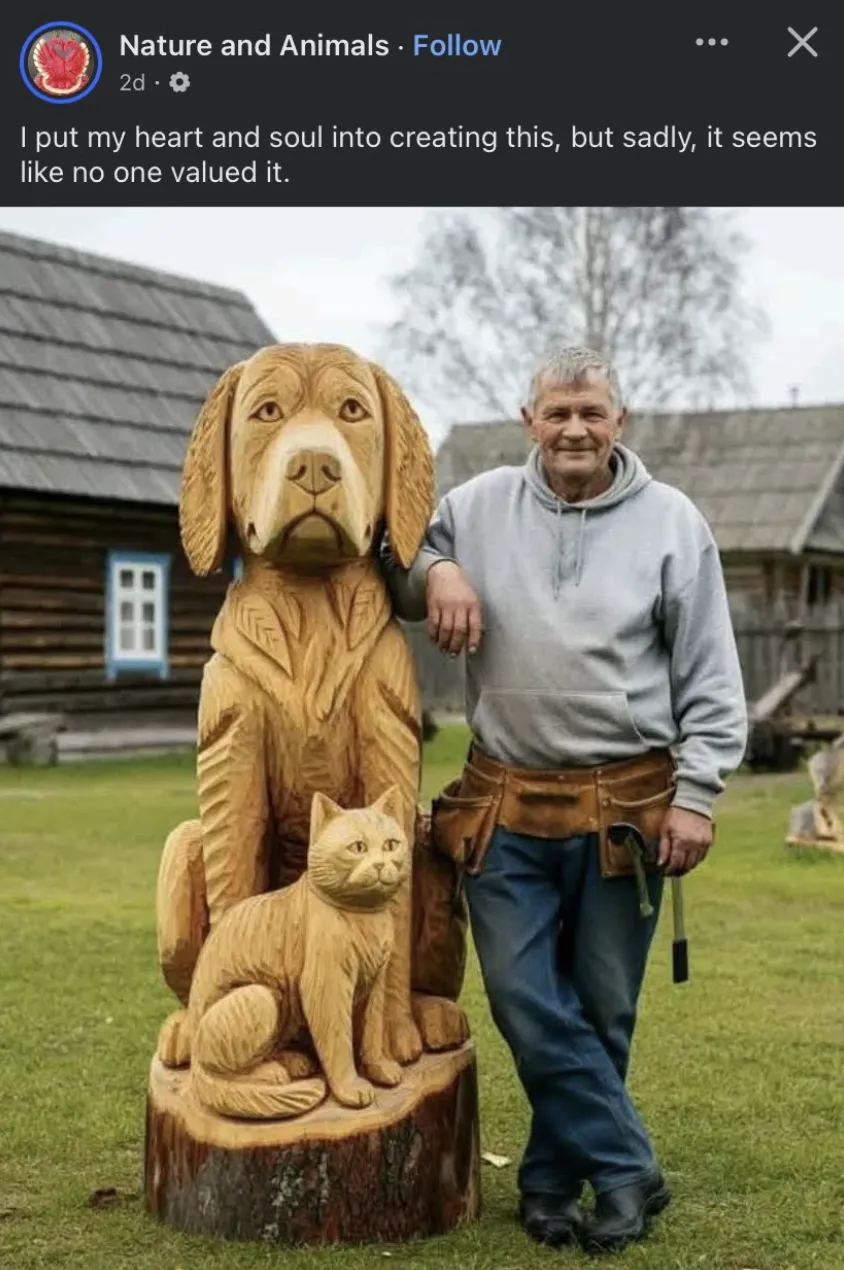
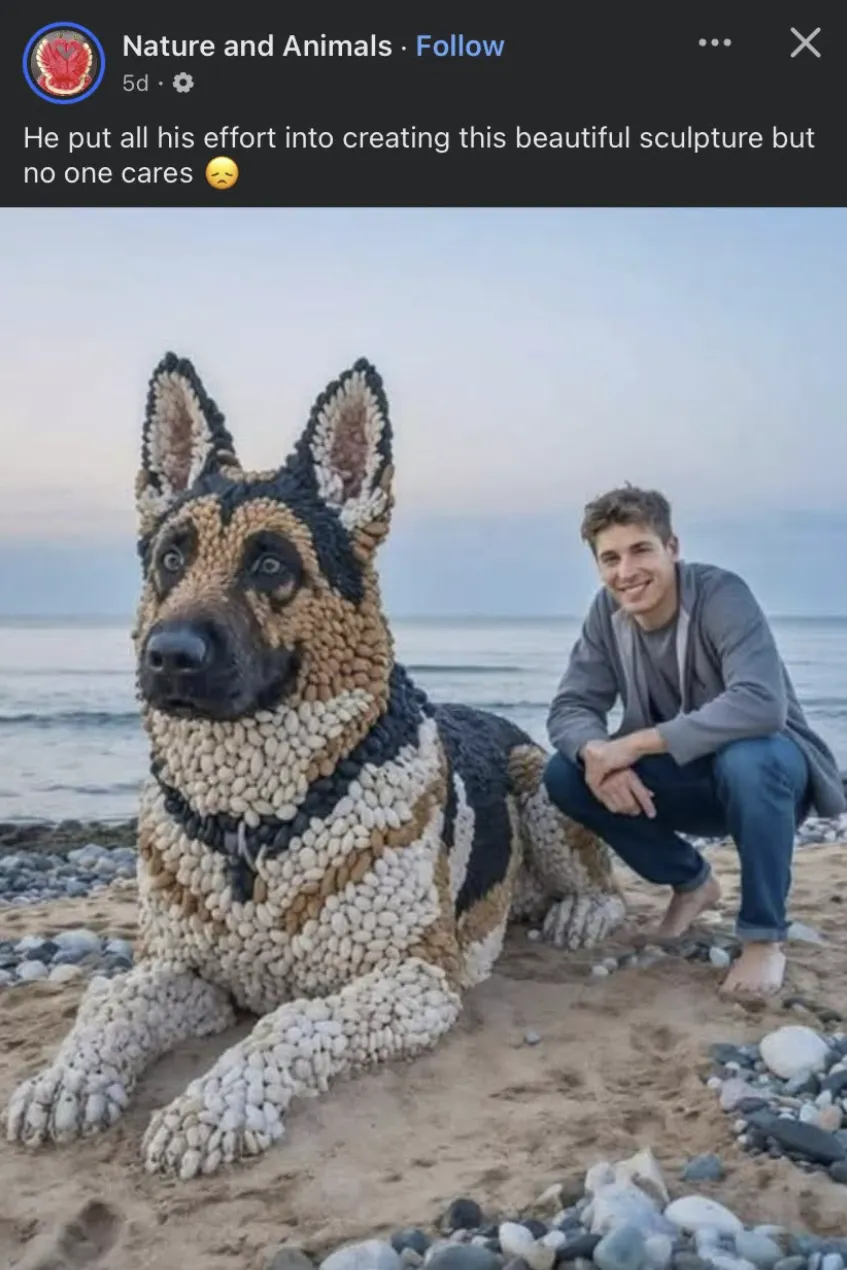
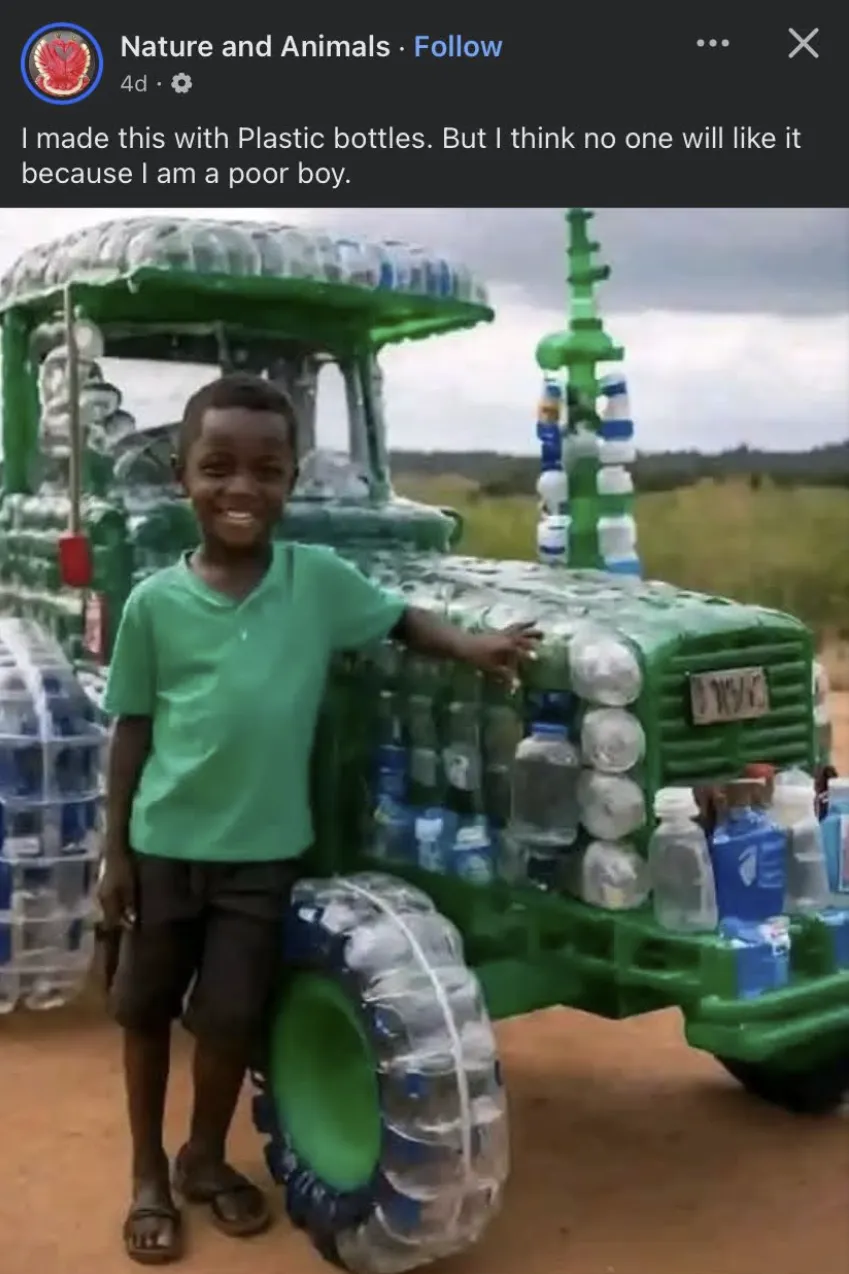

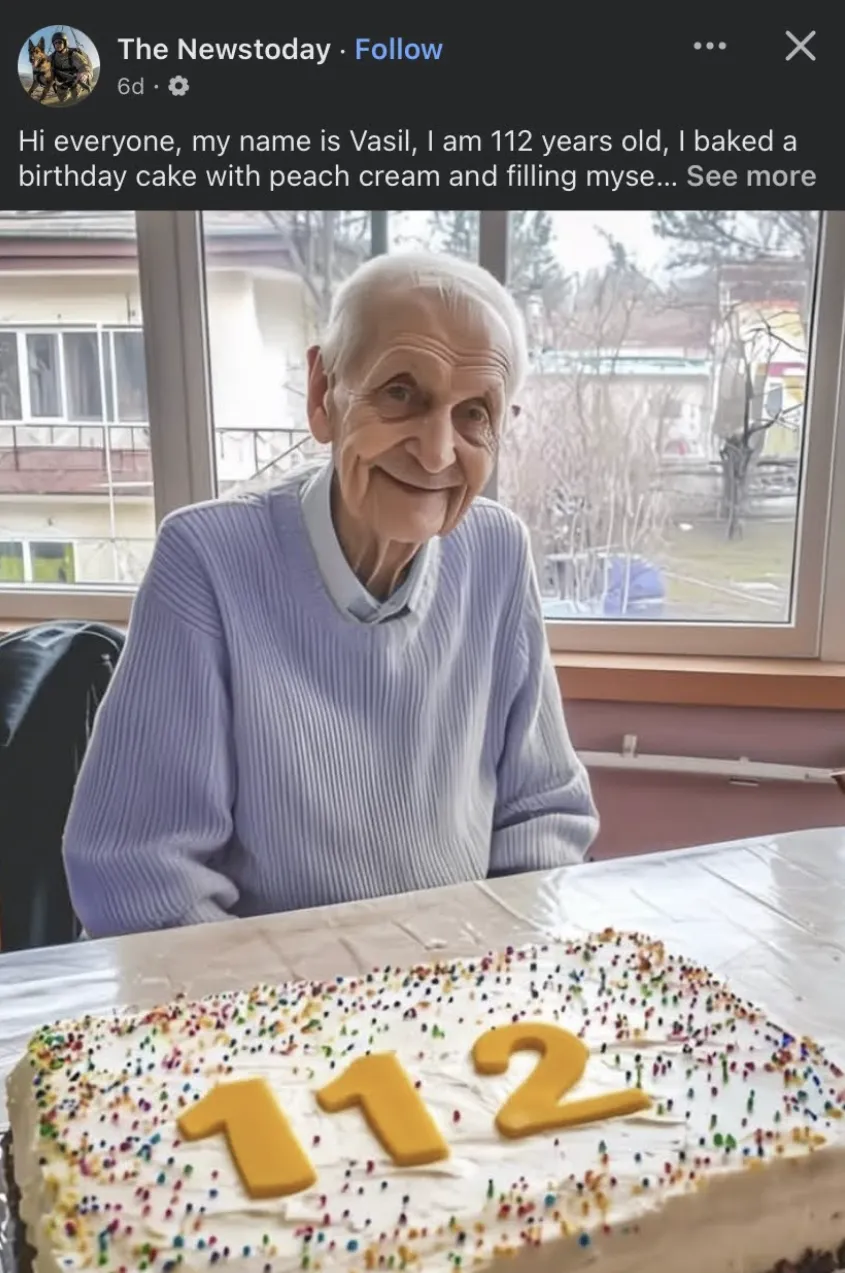
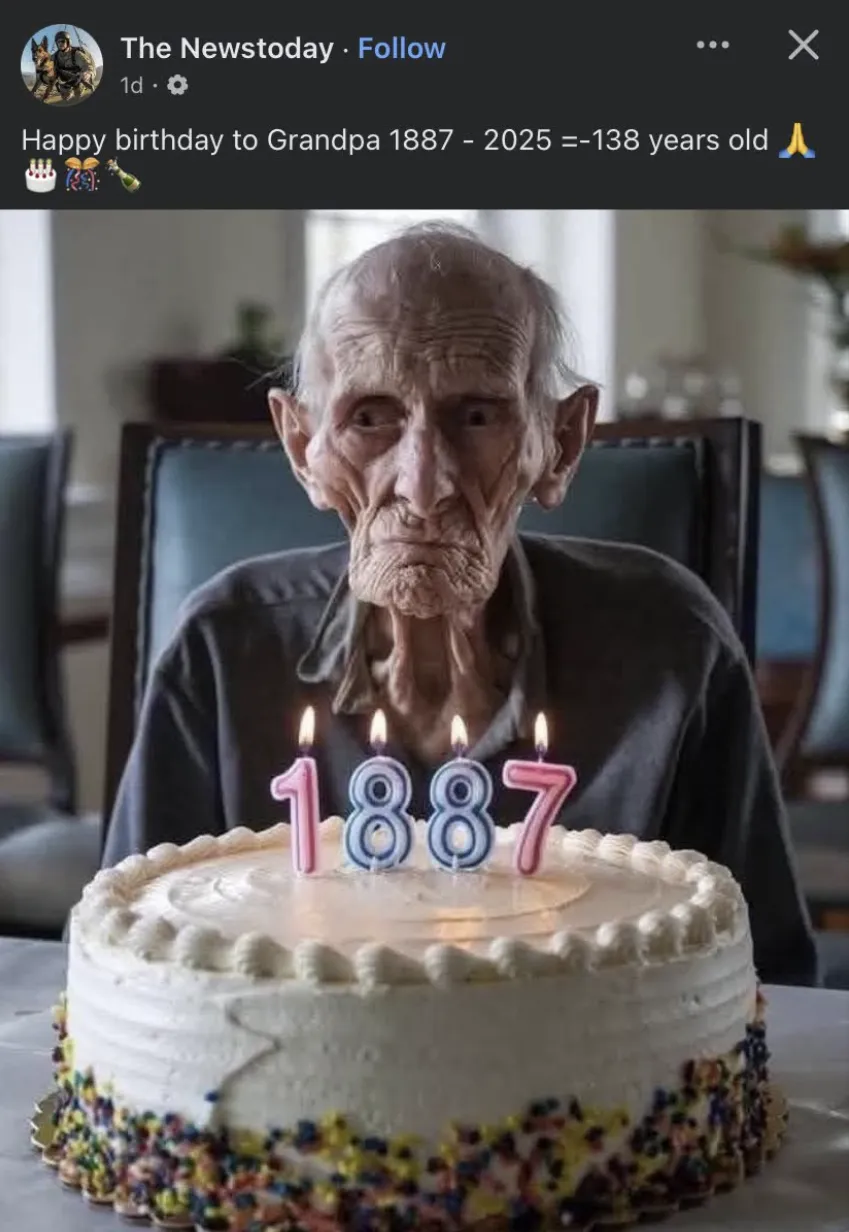
I think that over time we’re going to see more of this kind of online content, that the problem’s going to get worse before it gets better. These social media accounts, pretending to be science-based or celebrating people’s achievements, are just publishing made-up lies (much of it AI generated) that are designed to maximise clicks and likes. I guess with the reluctance of social media companies to put real meaningful effort into tackling this nonsense, the filters are going to have to be at our end - learning to automatically scroll past these posts, much like we’ve learned to do with online advertising over the years. Thankfully, at least for now, a lot of the AI content still has that plastic look that gives it away - although it’s only a matter of time before this content becomes more subtle and harder to detect.
At least with the claim about sand under a microscope that my 17 year old shared with me, there was something I could do about it. First I ran the image through a forensics tool called ELA (Error Level Analysis), which looks for parts of a file that have been encoded with different compression levels before being pasted together into a composite image. According to the ELA tutorial on the FotoForensics website, when analysed with ELA a clean image should show a fairly uniform lightness, whereas for a stitched together image some parts of it will show up much lighter than others. Sadly, but not surprisingly, for this image, it has been saved and re-saved so many times that the re-compression makes the ELA analysis output an almost black image, foiling my efforts to look like a 1337 hax0r:
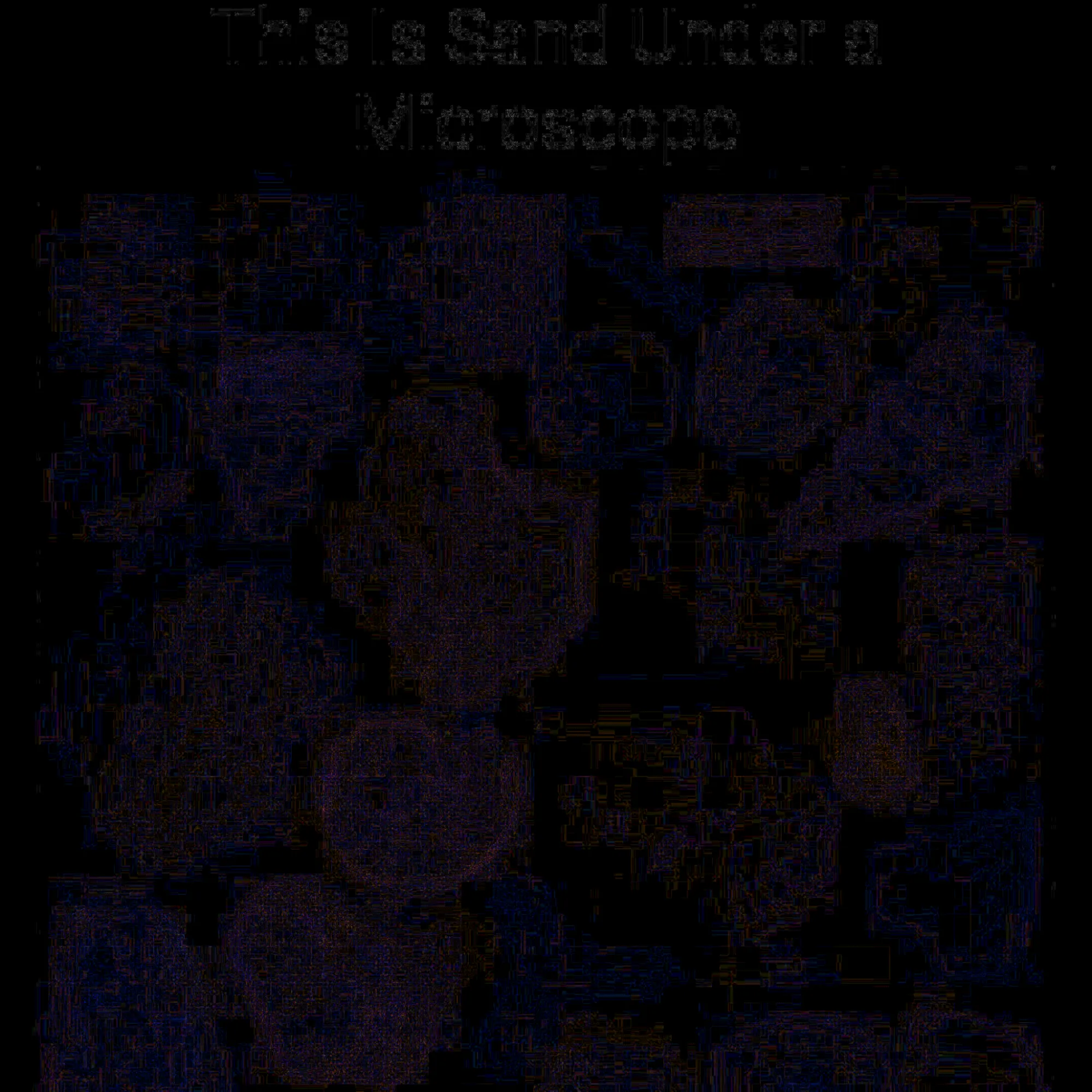
After this failed attempt to show my daughter that the image was faked, I decided a much more practical approach would be to show her what actual sand looks like. So I headed out to the garage and grabbed a small sandcastle mould that still had sand in it from our last beach visit. . Then I banged it on the table a couple of times to get the sand out:
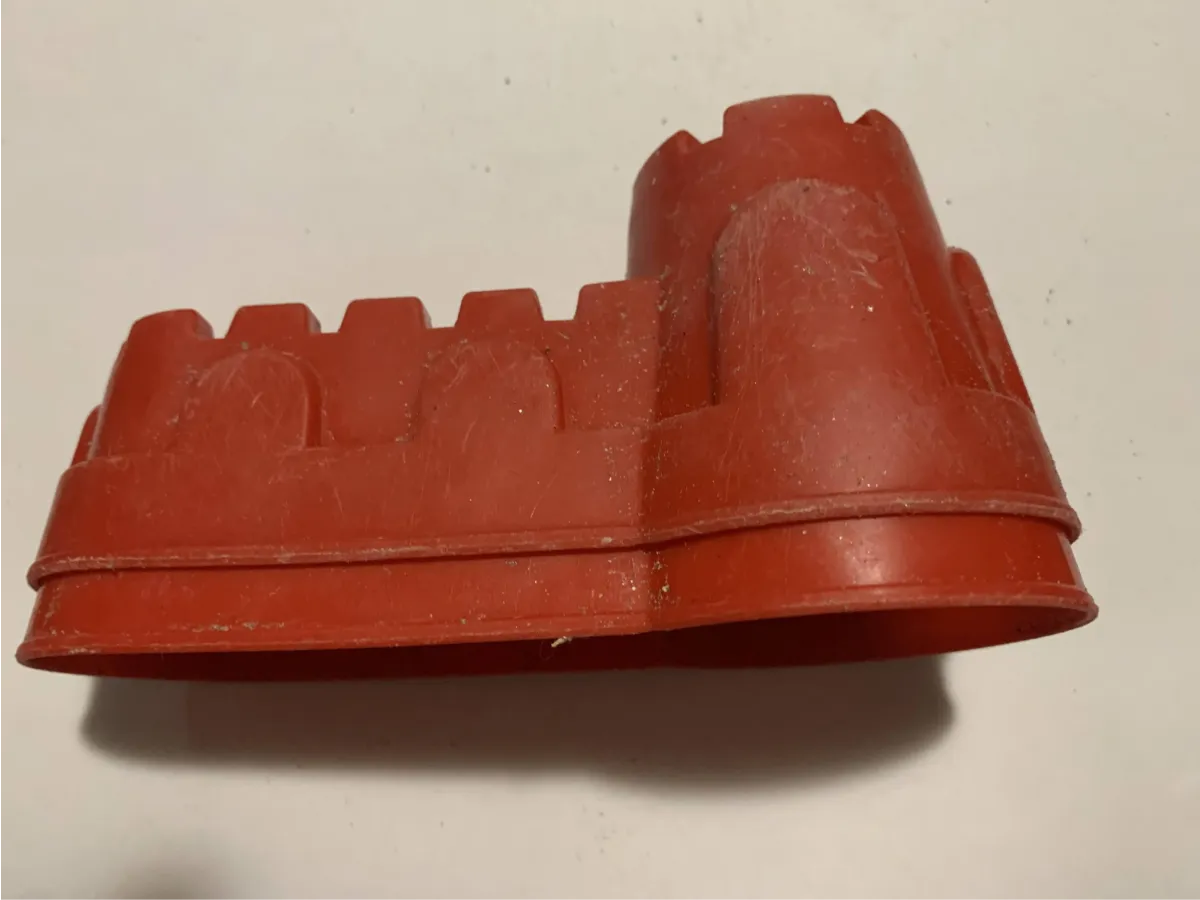
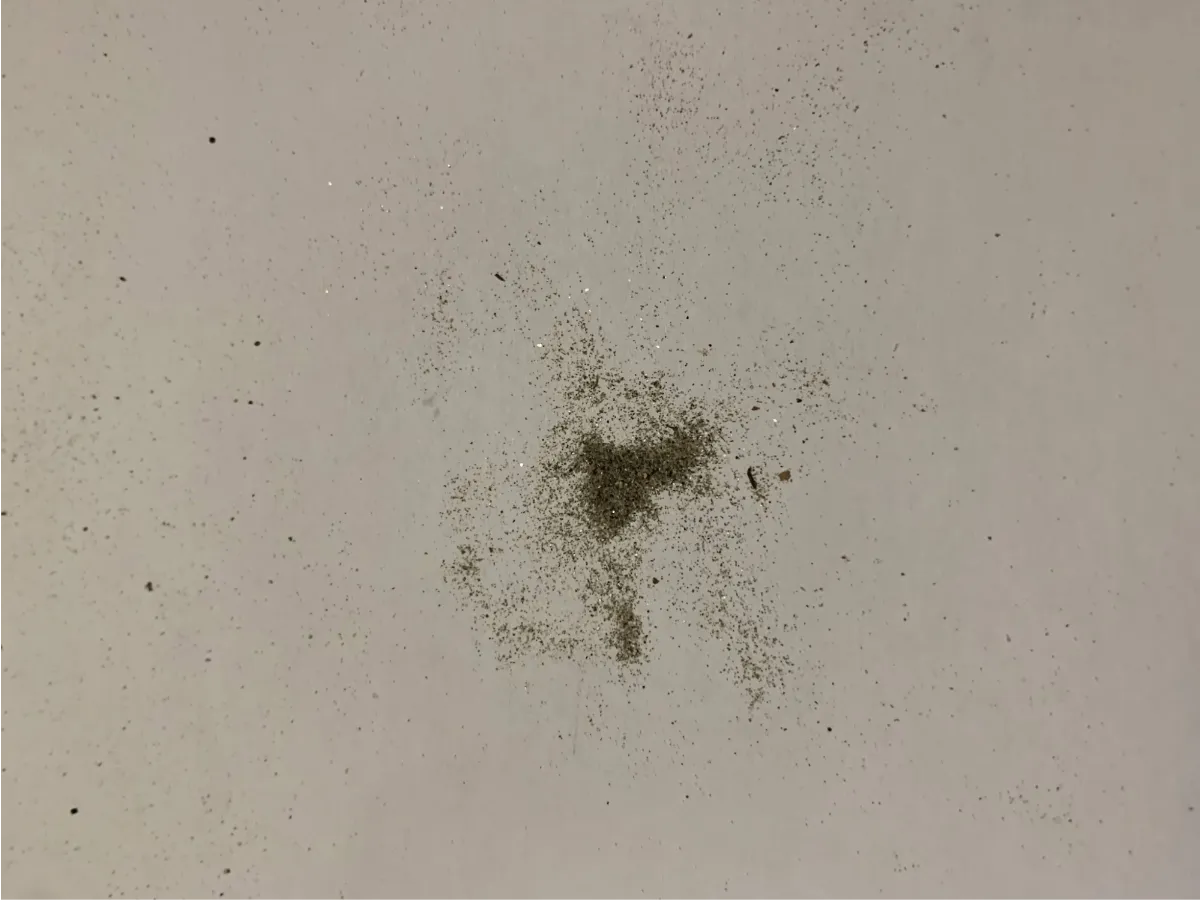
I grabbed a couple of cheap microscopes from around the house. The first one is a spring-loaded contraption that attaches to a mobile phone’s camera lens - I think this may have been $5 or so from KMart. Upon pointing this at the sand and opening my camera app, it was already obvious that we weren’t looking at a collection of pretty, coloured pieces of shell:
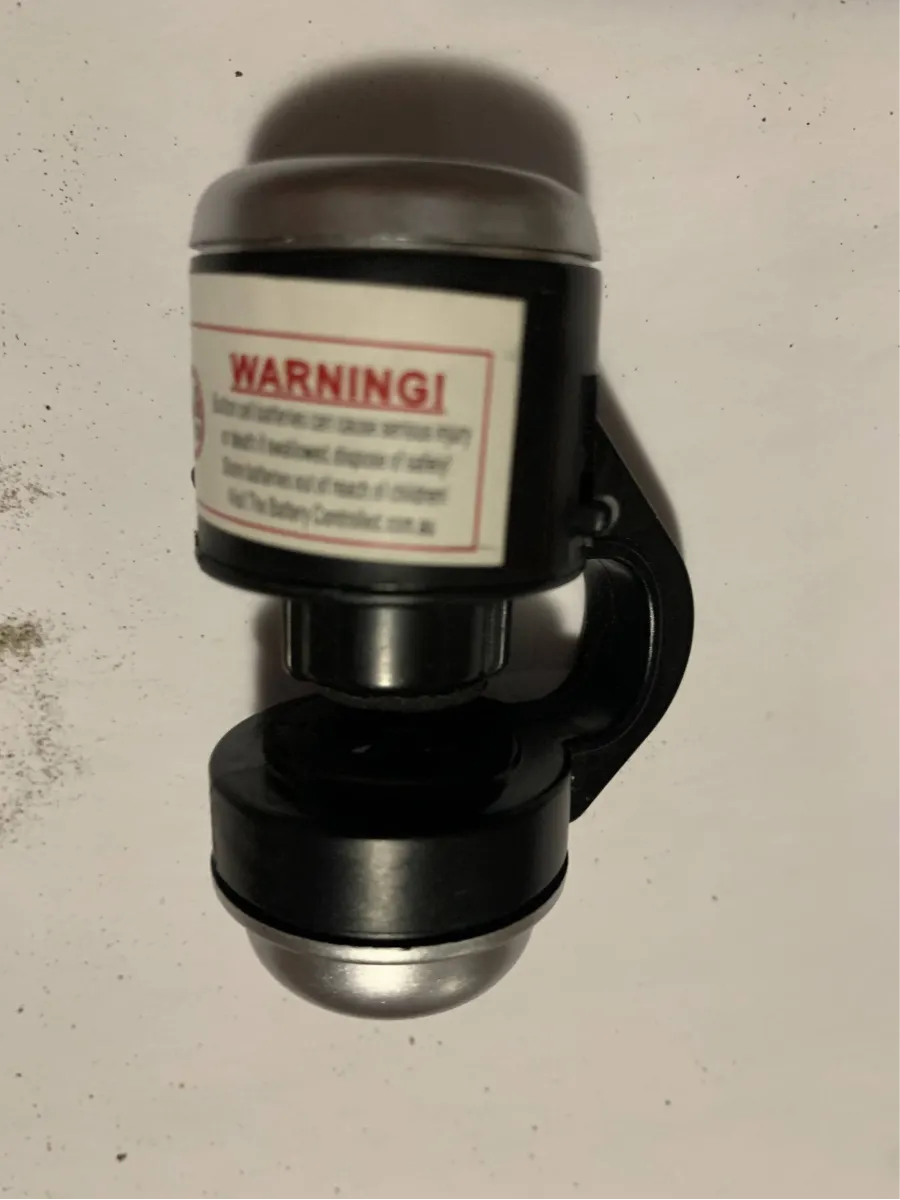
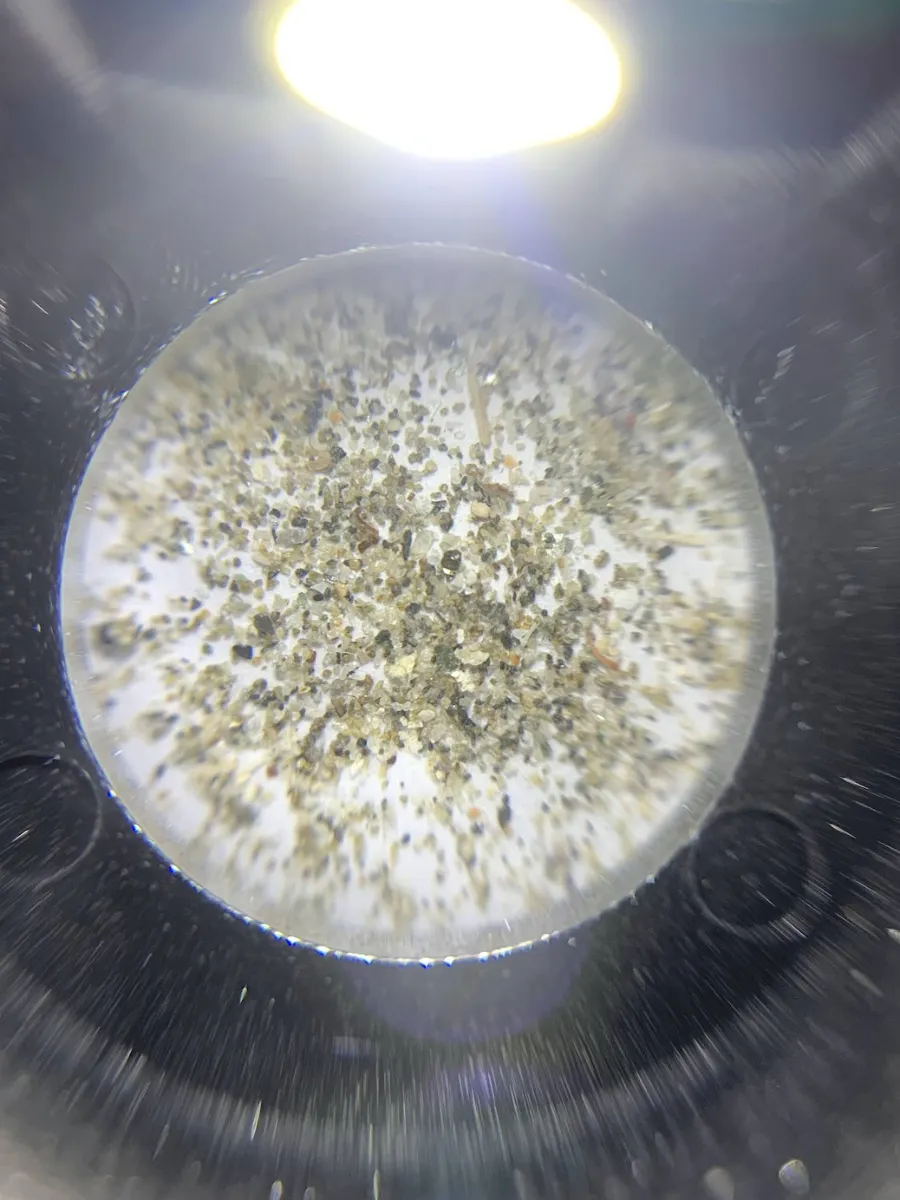
The second microscope was a bit more powerful, but I had to manually hold my phone camera lens to the eyepiece to get an image. This one is at higher magnification, so it becomes clearer that the sand is mainly tiny pieces of rock:
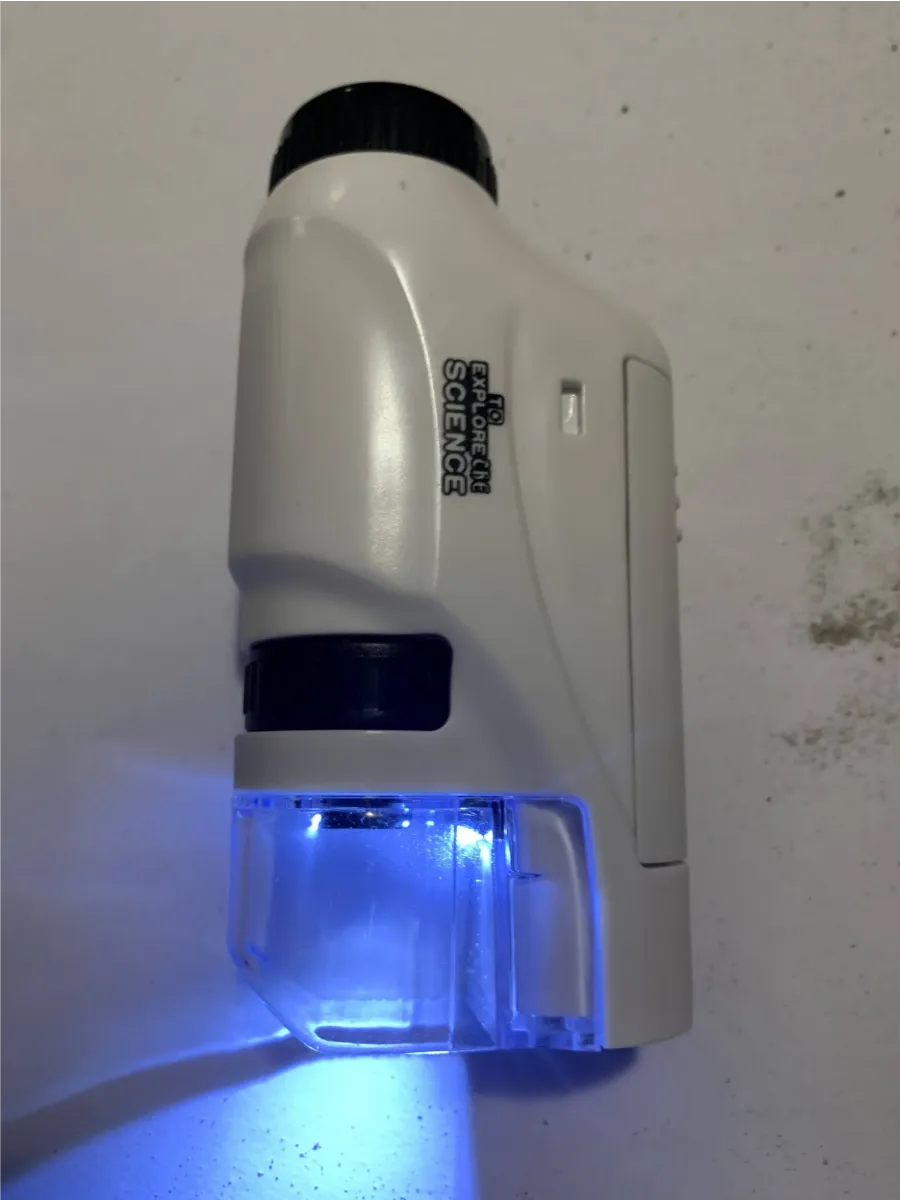
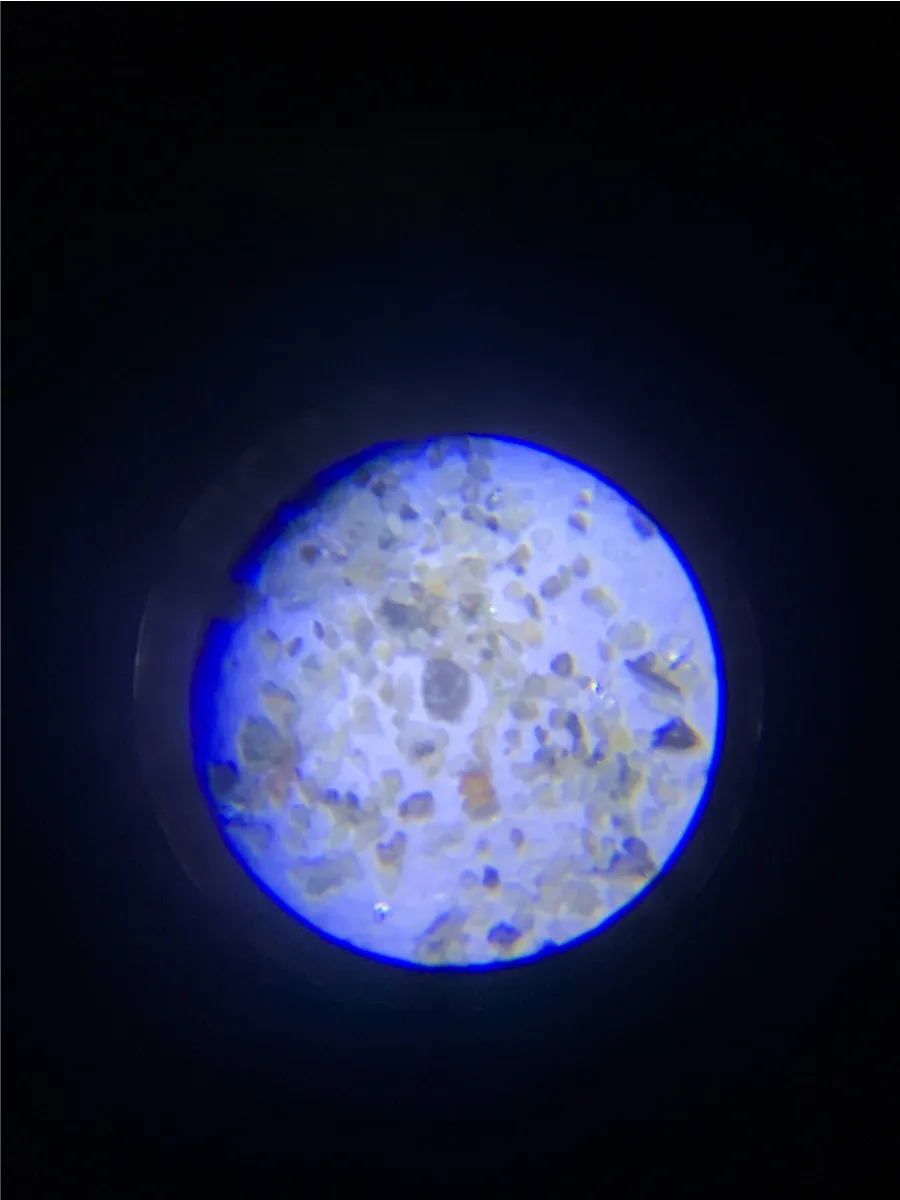
It was nice to be able to use this as a way to show my daughter that when faced with a fantastical claim, not only is it good to withhold your belief, but often you can come up with ways that you can test the claim. In this instance it only took about 10 minutes to perform a fun little piece of science, and undo a little of the damage that social media is causing.